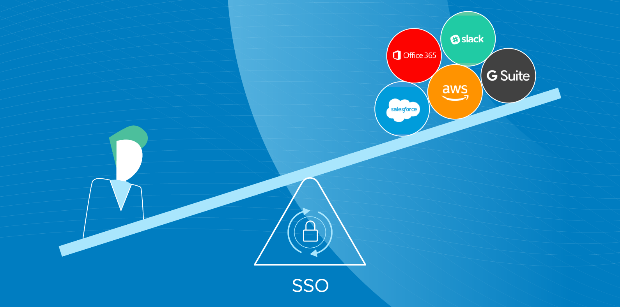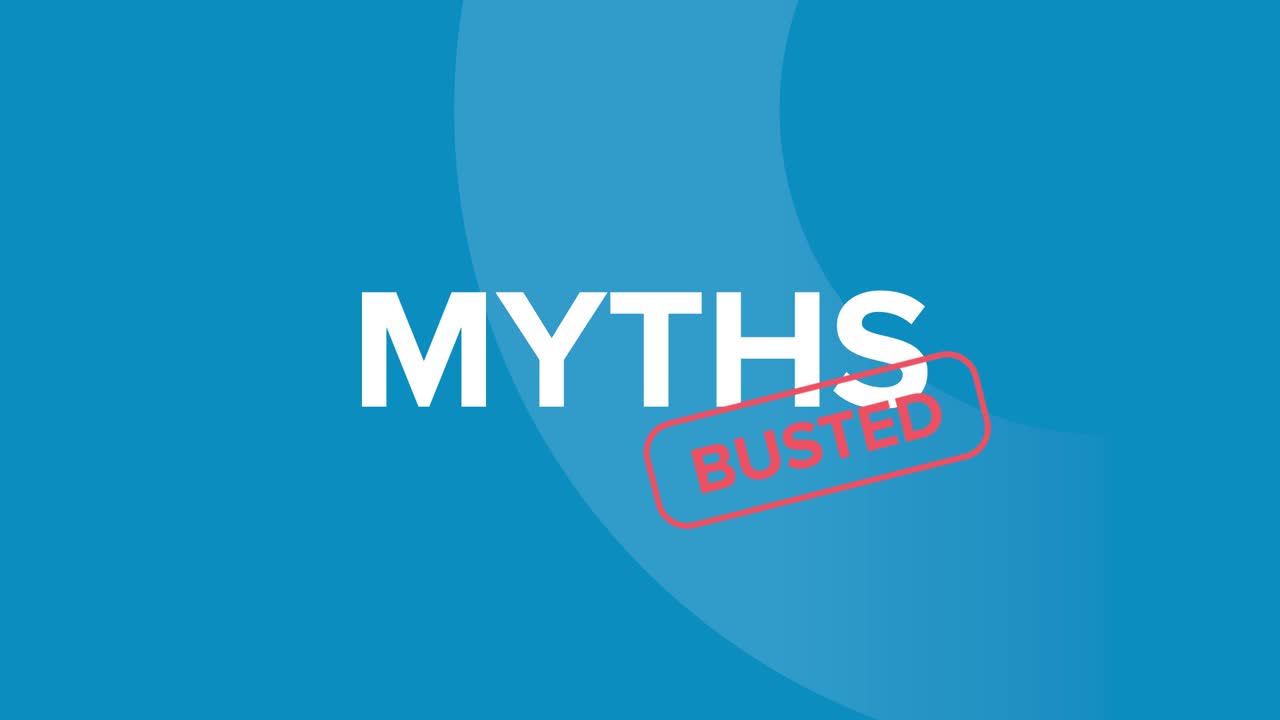FACT OR FICTION: SSO Slows Down IT

At Okta, we are highly invested in the latest ideas and practices around authentication and security—and that requires some myth busting. This blog is the third in a series of posts meant to tackle common misunderstandings and myths around single sign-on (SSO). See below for our full list of the myths we've seen (and busted!) around SSO.
IT teams sometimes think that SSO is just another tool that they’ll need to manage. But instead of slowing IT down, SSO actually reduces workload and improves agility.
It’s easy to see the benefit of Single Sign-On (SSO) for end users: seamless access to all applications without having to manage multiple login credentials makes life much easier. But how does SSO benefit IT? Isn’t SSO just an additional tool they need to worry about and manage?
With every new tool, IT admins must ensure it’s secure and properly configured. Then comes user training and a deluge of support tickets as the company transitions to a new tool, plus the ongoing maintenance of keeping it up to date. In fact, recent surveys show that IT spends nearly 80% of their resources just maintaining legacy tools. This takes IT away from the more strategic work they’d rather be doing.
SSO empowers IT teams
SSO is not just another tool that slows IT down. The reality is that modern SSO tools actually unlock IT teams to do more through better IT workflows, increased automation, more visibility, and added security. IT’s main responsibility is to make sure the business runs smoothly and securely, and a major part of that is connecting employees to the technology they need to get work done. SSO is the center of that. It offers a single pane of glass for end users to access all their applications. At the same time, SSO offers IT the following benefits.
1. Faster Scaling
As organizations adopt cloud and mobile solutions, they use more applications. However, many of these are third-party and cloud-based apps that don’t integrate well with a company’s existing infrastructure, including their on-premises systems.
A modern, cloud-based SSO offers a catalogue of pre-built connections to all the applications a company needs, making the deployment of new technologies faster and more cost-effective.
Cloud-based SSO also separates usage growth from server capabilities and headcount. This increases agility and allows IT to adapt quickly when business priorities change.

Single Sign-On acts like a fulcrum, allowing small IT teams to manage a large number of SaaS solutions.
2. Greater Visibility
The network perimeter no longer stops at the four walls of the firewall anymore. With more users accessing more applications, it is more challenging for IT to know who is accessing what service, which devices they are using, and what their locations are. Shadow IT is also becoming more prevalent, costing an estimated 38% of IT spending in large enterprises.
Modern SSO solutions provide IT complete visibility into all of their users and their user’s applications. From a single admin console, IT can easily set access policies, define privileges, and audit those privileges for compliance and tighter security. IT teams are no longer blindsided by unexpected challenges caused by poor visibility.
3. Reduced Help Desk Tickets and IT Costs
IT spends an inordinate amount of time dealing with password resets: nearly 50% of helpdesk calls are related to this issue. And it’s not just about lost time. Each reset costs companies $15–$45, which means even small organizations are spending thousands on this simple issue.
A good SSO solution removes this cost and frustration by enabling end users to reset their passwords themselves. This eases the burden on IT, improves user satisfaction and productivity, and increases security by mitigating the risk of a socially-engineered attack on the IT helpdesk.
Modern SSO also lets users request access to new applications directly from the application owner. When a user needs an app like Salesforce, there's no longer a need for IT involvement; the SSO platform simply routes the request to the app owner within the organization, and handles approvals automatically.

SSO strips away much of the busywork that IT teams typically deal with, freeing them up to do more focused, impactful work.
SSO makes IT more agile
SSO is not just another tool that slows IT down—it’s the opposite. A modern SSO solution removes the time and effort involved in managing password resets and app integrations, provides better visibility, and allows business to scale quicker. This results in an IT team that has the time and focus for more strategic work.

Want to learn more about SSO? Listen to the Things You Don’t Know About Single Sign-On webinar, visit our SSO page, and check out our entire myth busting series:
Fact or Fiction: SSO is the Same as a Password Manager
Fact or Fiction: SSO Creates a Single Point of Failure So Less Secure
Fact or Fiction: SSO is Difficult to Deploy

